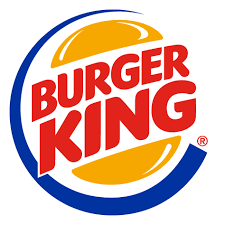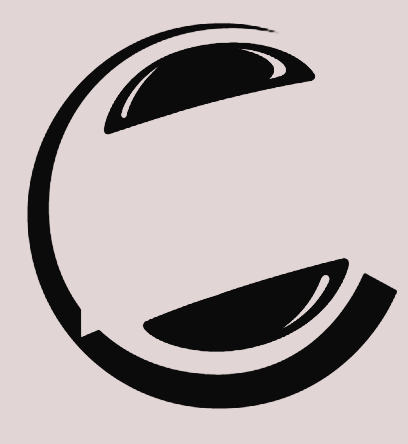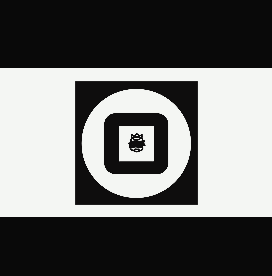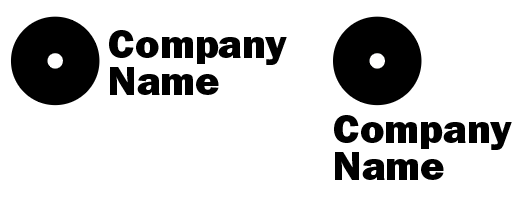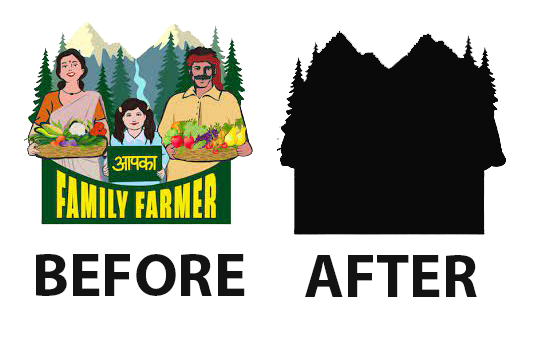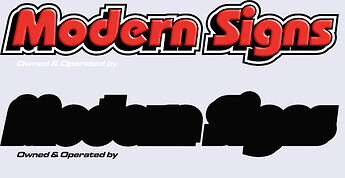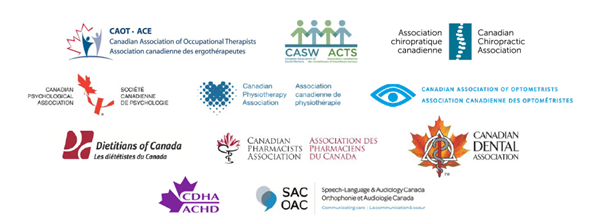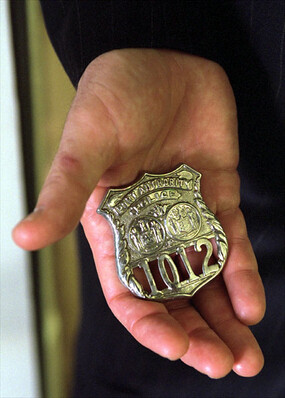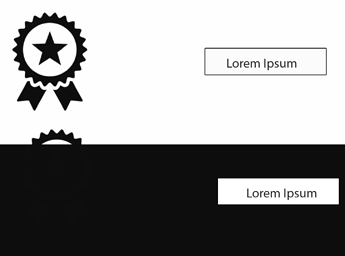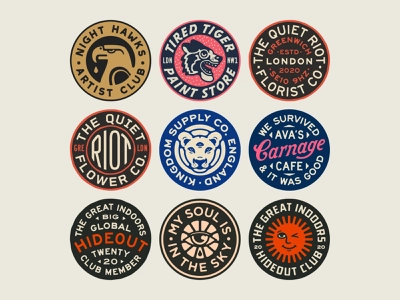An SKU? A Stock-Keeping Unit. Isn’t that a bar code thing of some kind? If you’re asking about naming conventions, I keep it simple and pared down.
Acme_logo_RGB.ai
Acme_logo_CMYK.ai
Acme_logo_Pantone.ai
Acme_logo_RGB_reversed.ai
Acme_logo_CMYK_reversed.ai
Acme_logo_Pantone_reversed.ai
Acme_logo_large.png
Acme_logo_med.png
Acme_logo_small.png
Acme_logo.PDF
Depending on the job, sometimes there are more, but sometimes less.
Here’s my reasoning.
- For professionals, the .ai files will be enough to create anything else from SVGs to TIFFs.
- Non-professionals won’t know what they’re doing, so they’ll usually resort to the PNG, which is why I create three different sizes — always 24-bit transparent files.
- The PDF is an all-purpose file that anyone can open and look at. Plus, it contains the vector information a designer needs if the client has lost the .ai files. I always save them as Illustrator compatible.
- I don’t supply JPEGs. A logo should never be in a JPEG format unless there’s a specific reason. And then, it needs to be made to size. Besides, supplied JPEGs tend to be the ones that get passed around and used, which is never good. If a JPEG is really needed, it requires someone with enough knowledge to make one, which they can do from one of the other files.
- I don’t supply EPS or TIFF either. They’re just not needed.
- I don’t usually supply SVGs. Anyone needing one will know how to make it from the .ai files. If they don’t, they have no business working with the SVG to begin with.
